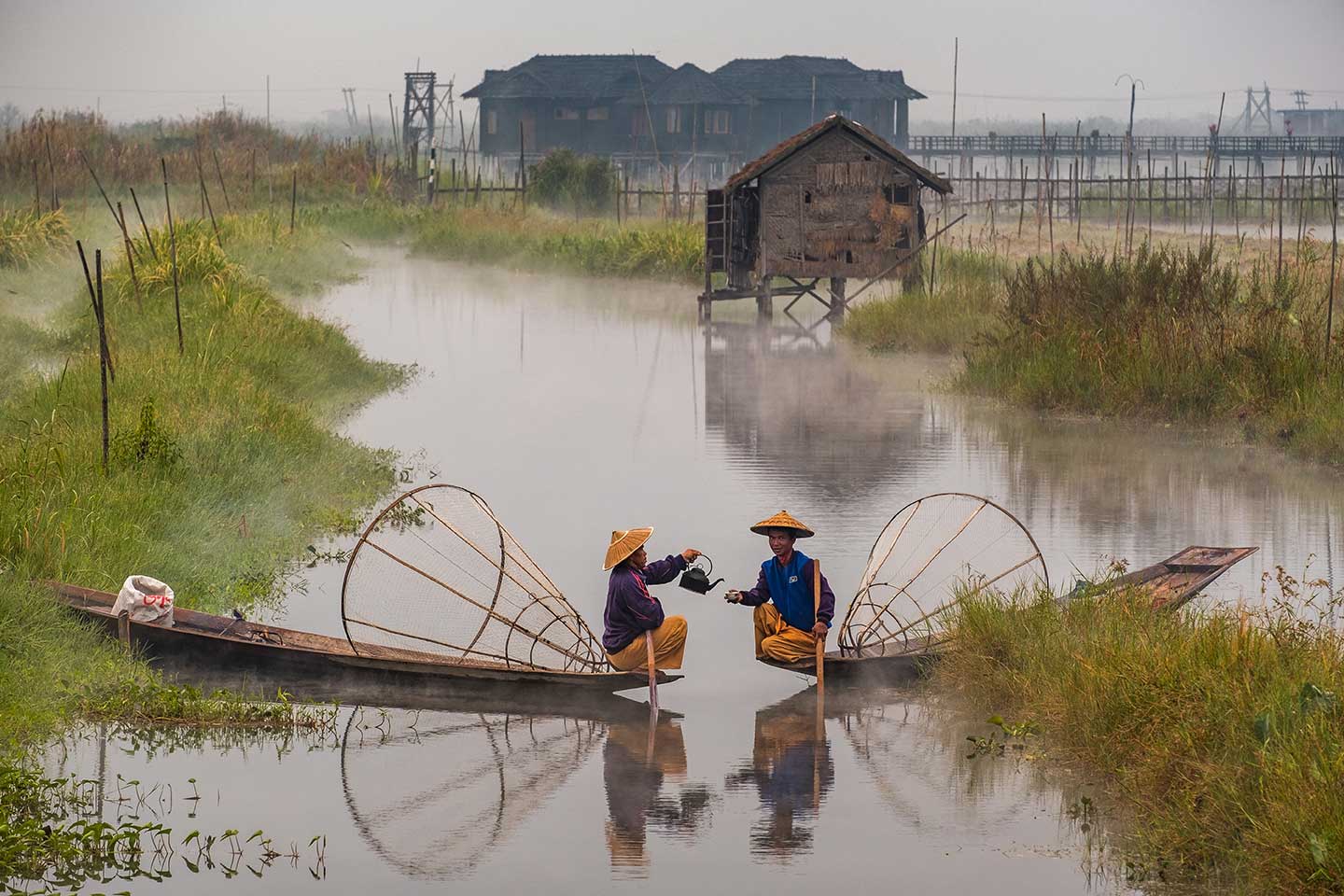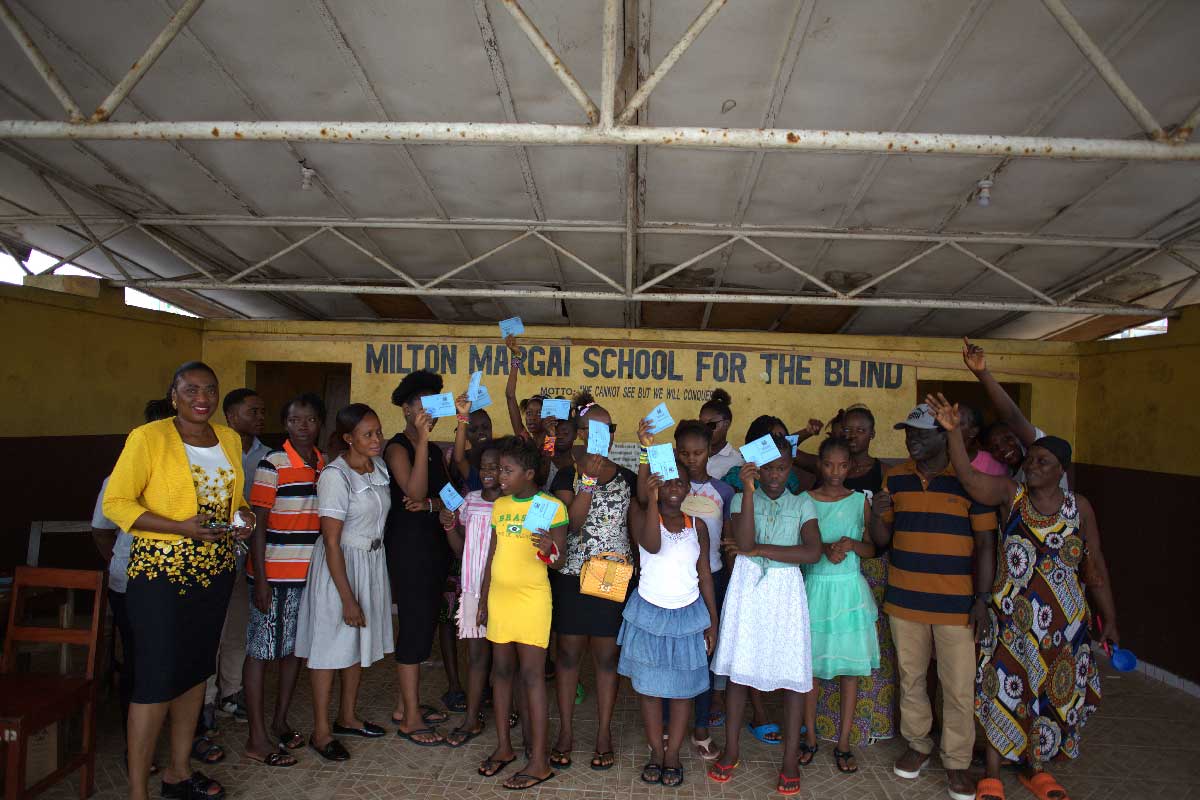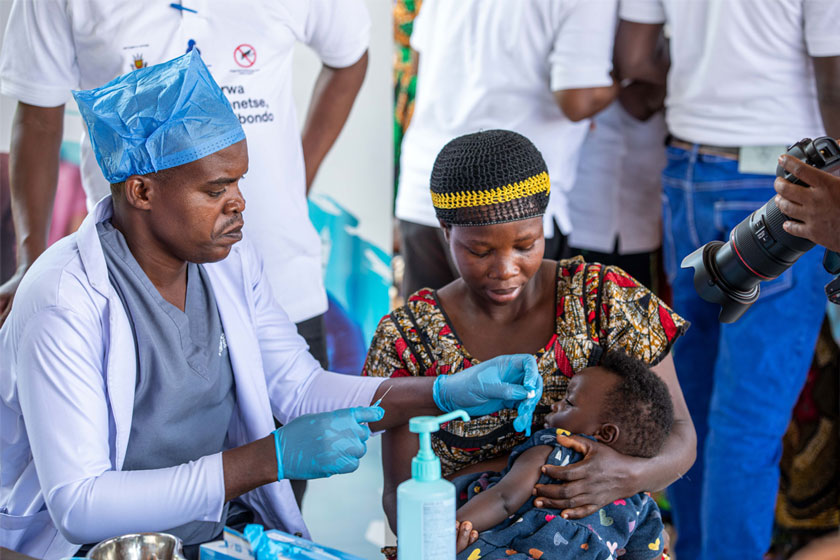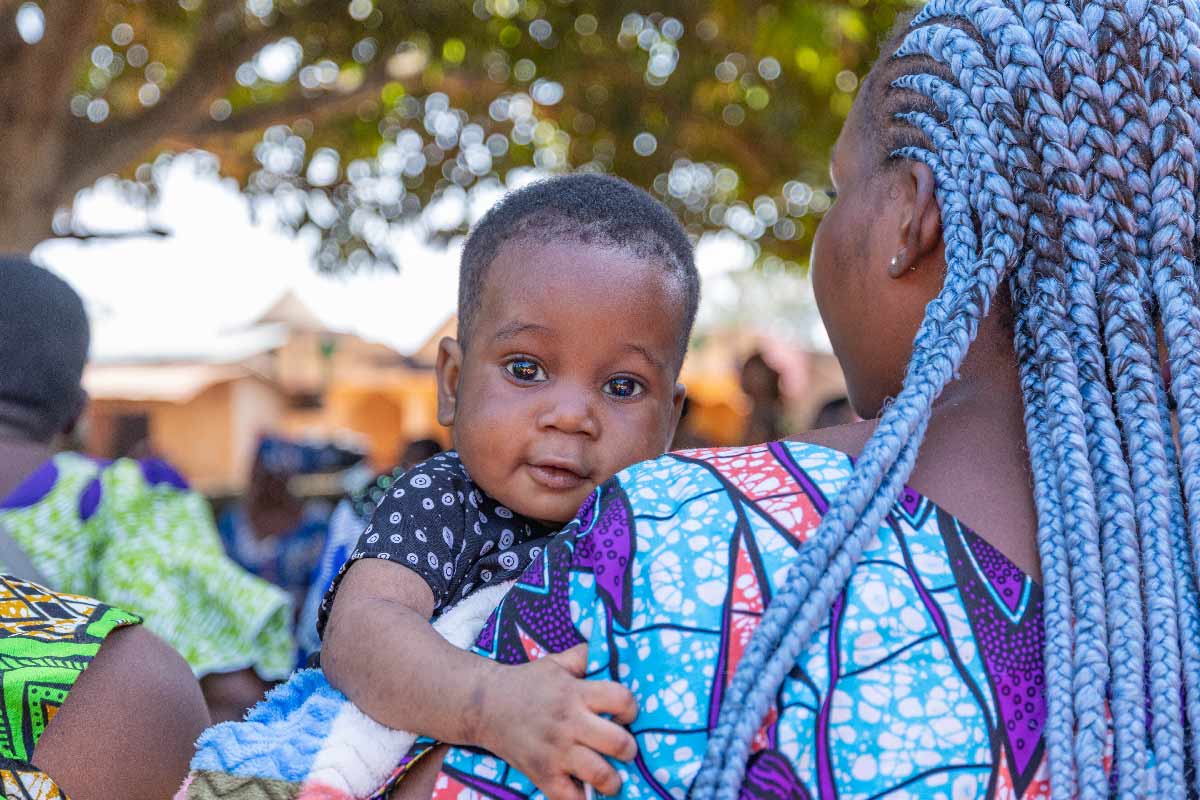Gavi provides funding to support the pandemic response in Myanmar
As one of the poorest low-income countries in South East Asia, Myanmar faces many barriers to implementing a strong and effective response to COVID-19. Gavi has now allocated over US$ 8.8 million to help ensure that Myanmar is better able to fight the pandemic through testing, treatment and public health communication.
- 3 June 2020
- 4 min read
- by Gavi Staff

A quarter of Myanmar’s population of 53.7 million live on less than one US dollar a day, with the poorest living in rural regions. This deep level of poverty, and Myanmar’s limited health infrastructure, pose barriers to effective diagnosis, treatment and containment of COVID-19. Support and collaboration with international organisations, including Gavi, is enabling Myanmar to initiate a more comprehensive pandemic response.
Myanmar’s health infrastructure is limited
Myanmar has just 17 intensive care units (ICUs) across the country, equating to one ICU bed per 141,000 people. Ventilators – vital breathing equipment for people with severe COVID-19 complications – are also in short supply: there is one ventilator for every 217,000 people. This is well below the provision in developed countries.
Access to trained staff also presents a challenge: there are 6.7 doctors per 10,000 people in Myanmar. By comparison, South Korea, a developed nation of a similar population size, has 23 doctors per 10,000 people.
Additional strain on the healthcare system may also arrive with the monsoon season in June, which could bring an increase in cases of tropical disease like dengue fever and malaria.
COVID-19 arrives in Myanmar
The first case of COVID-19 was confirmed in Myanmar on 23 March, though, owing to reduced testing capacity, cases may have appeared earlier. To date, there have been 206 lab confirmed cases and 6 deaths, but again, true numbers are likely to be higher as testing capability has been limited.
Co-ordinating a response
Myanmar has taken action to combat COVID-19 by increasing surveillance, infection prevention and control, as well as the availability of hospital beds and ventilator capacity, and by upskilling healthcare workers. Myanmar has leveraged its high level of mobile phone ownership to provide public health information in the 20 most spoken ethnic languages. The country has also initiated a testing programme based in the virus epicentre, Yangon.
However, ongoing conflicts in some regions, and the living conditions among internally displaced peoples, such as communities in the Northern Shan State who have fled conflict and Muslim Rohingyas communties, could make controlling the virus even more difficult.
It is also imperative that a balance be found between reducing social interactions - and therefore the spread of the virus - and enabling the population to earn a living when so many live below or near the poverty line.
International support will help improve testing and treatment
Gavi has reallocated US$ 8.8 million of funding previously earmarked to support the development and strengthening of Myanmar’s health system, to help specifically with its pandemic response.
The funding will be used for personal protective equipment (PPE) for health workers, disease surveillance, to support laboratory testing, in developing community engagement and for emergency response coordination. Just under US$ 1 million of the funding has been allocated to purchase oxygen concentrators, devices that support breathing in medical settings.
The funding is already being put into action: on 10 May, the first 10,000 of a planned 30,000 test kits arrived in Yangon as a result of UNICEF and Gavi support.
Collaboration is key to developing an effective response in developing countries
By harnessing funding and expertise from Gavi, partner organisations and internal institutions, Myanmar has been able to launch a stronger, more active response to COVID-19. Though challenges remain, and the pandemic is not yet over, this essential funding will reduce the impact of COVID-19 in Myanmar and help ensure that the most vulnerable communities have access to the information and healthcare they need.
More from Gavi Staff
Recommended for you








